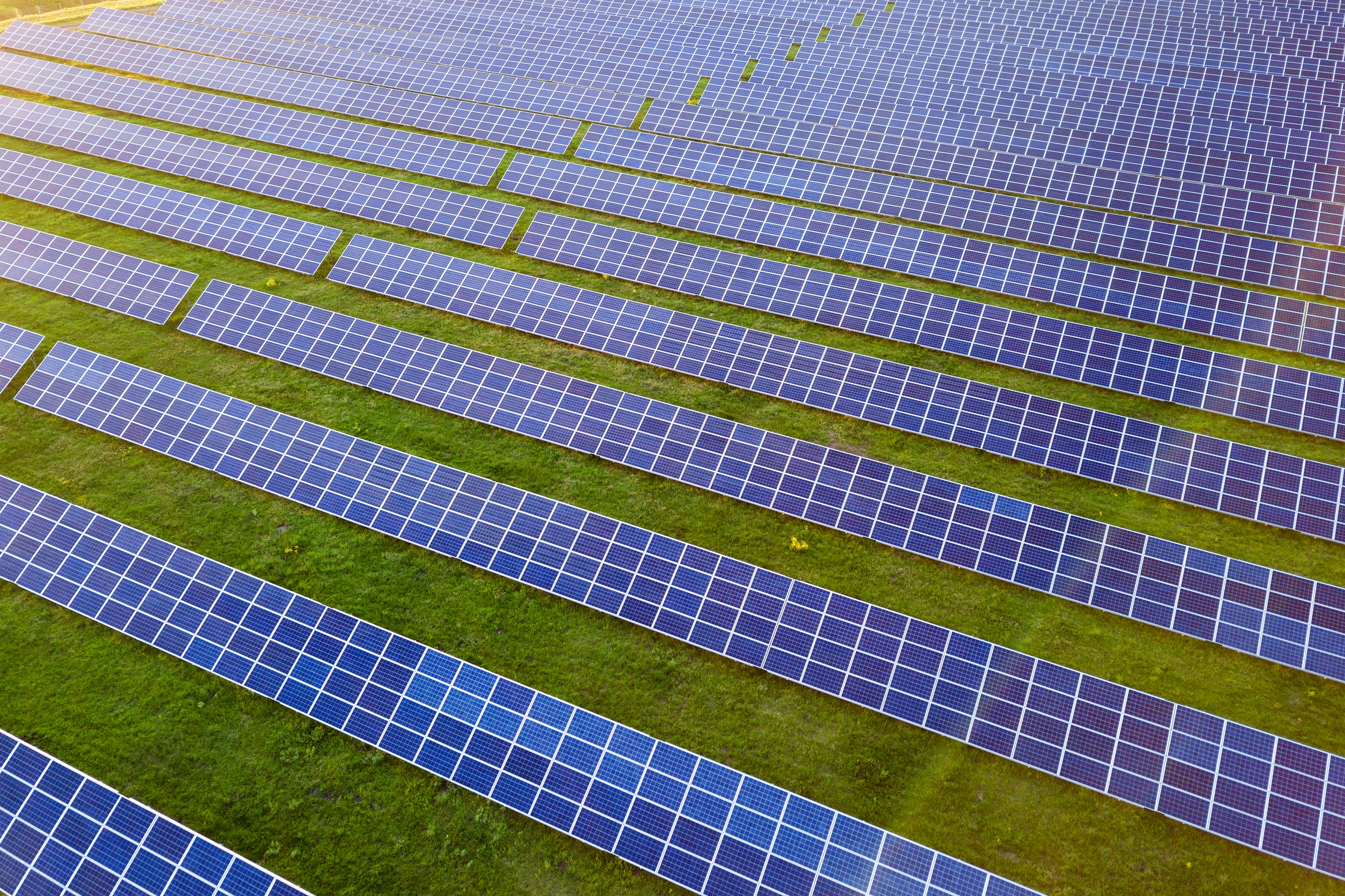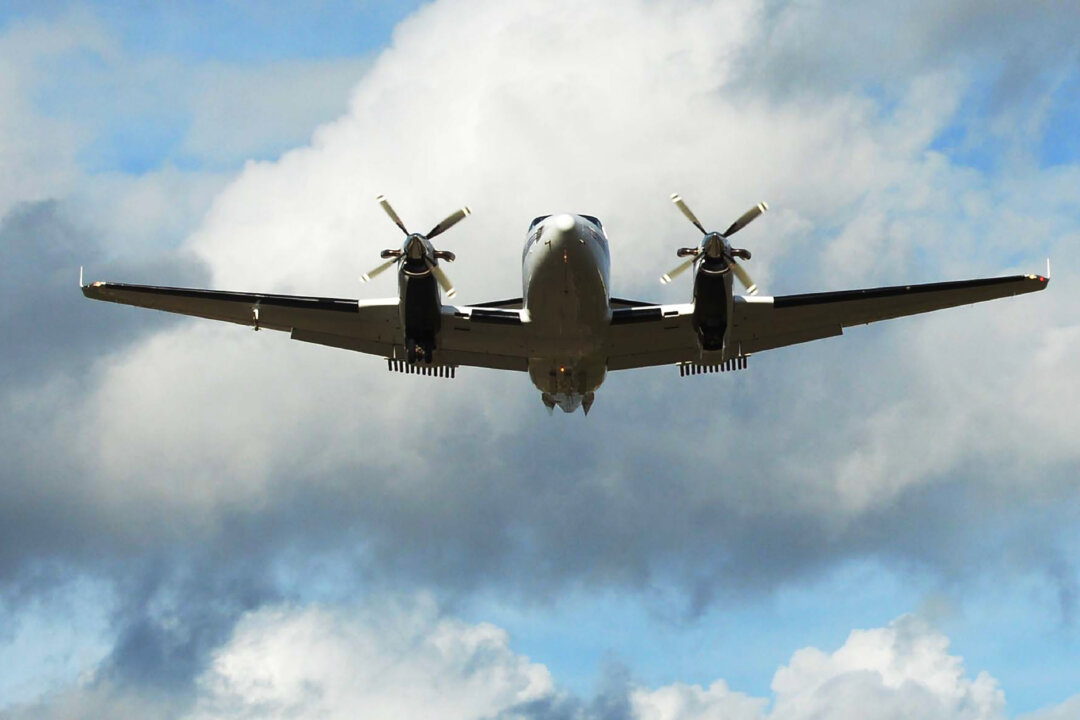April 17, 2025 This article has been reviewed according to Science X's editorial process and policies . Editors have highlightedthe following attributes while ensuring the content's credibility: fact-checked peer-reviewed publication trusted source proofread by University of Tsukuba Extratropical cyclones (or low-pressure systems) traveling along the Kuroshio in East Asia most frequently occur in spring, bringing heavy rain and snowfall in the region. Researchers at the University of Tsukuba unveiled the mechanism underlying the peak observed in the activity of Kuroshio cyclones during spring using four-dimensional atmospheric data spanning several decades.
Their findings revealed that air over Eurasia warmed from winter to spring intensified the low-level jet stream around the East China Sea, increasing the occurrence probability of low-pressure systems during spring. Kuroshio cyclones considerably affect society and economic sectors , including agriculture, transportation, logistics, and renewable-energy-based power generation sectors. Although extratropical cyclones in East Asia are known to occur frequently in spring, the reason behind this seasonality is not yet clarified.

The research group previously developed a method for objectively identifying mobile high- and low-pressure systems from global atmospheric data to elucidate the mechanism underlying the seasonality of extratropical cyclones and recent changes in high- and low-pressure systems in the North Pacific. In the current study published in the Journal of Climate , the researchers employed the method to four-dimensional atmospheric data spanning several decades. Results indicated that the activity of the "Kuroshio cyclones" peaks in spring because the low-level jet stream around the East China Sea is intensified by air over Eurasia in the west of Japan warmed from winter to spring, facilitating the formation of low-pressure systems.
A better elucidation of the mechanism underlying the seasonality of extratropical cyclone activity in East Asia can improve our understanding of the changes in the climate system around the region under the global warming scenario and improve the accuracy of seasonal forecasts in East Asian countries. More information: Satoru Okajima et al, Mechanisms for an Early Spring Peak of Extratropical Cyclone Activity in East Asia, Journal of Climate (2025). DOI: 10.
1175/JCLI-D-24-0203.1 Journal information: Journal of Climate Provided by University of Tsukuba.
Environment

Mechanisms for early spring peak of extratropical cyclone activity in East Asia explained

Extratropical cyclones (or low-pressure systems) traveling along the Kuroshio in East Asia most frequently occur in spring, bringing heavy rain and snowfall in the region. Researchers at the University of Tsukuba unveiled the mechanism underlying the peak observed in the activity of Kuroshio cyclones during spring using four-dimensional atmospheric data spanning several decades. Their findings revealed that air over Eurasia warmed from winter to spring intensified the low-level jet stream around the East China Sea, increasing the occurrence probability of low-pressure systems during spring.















